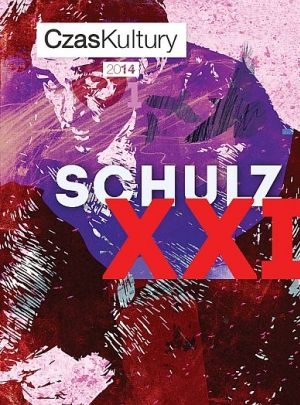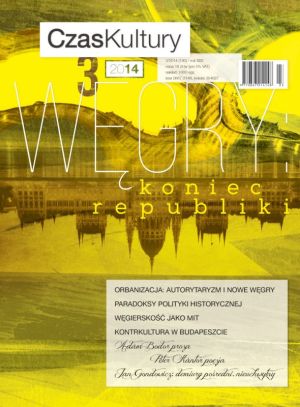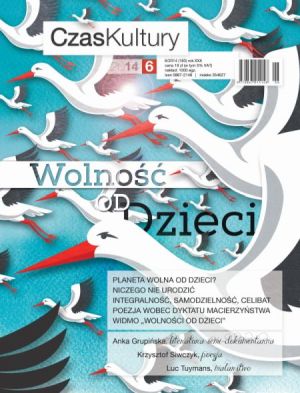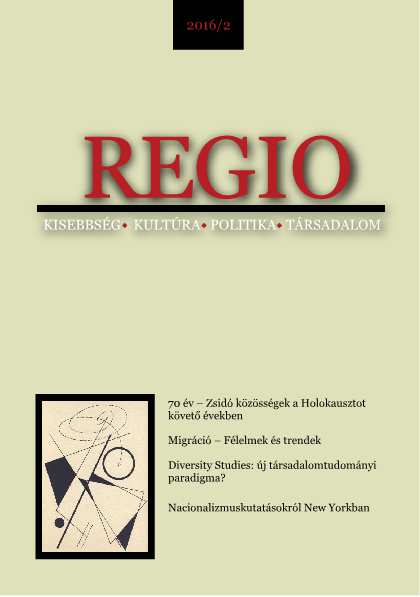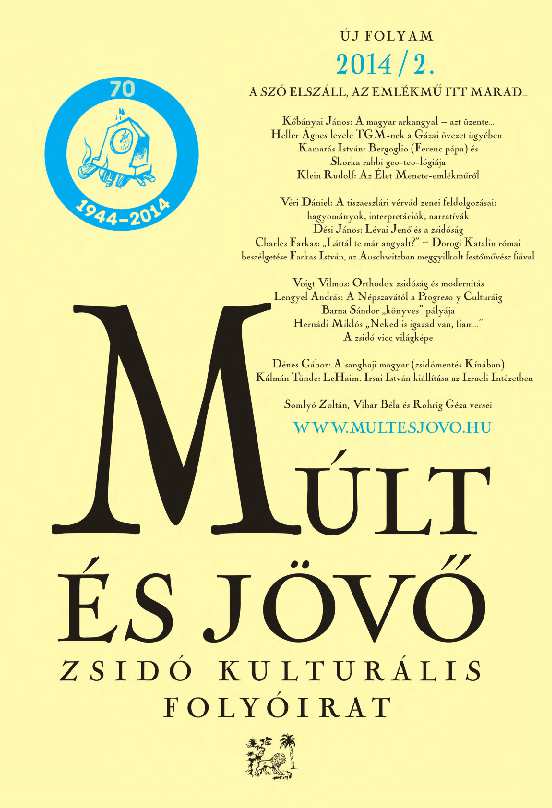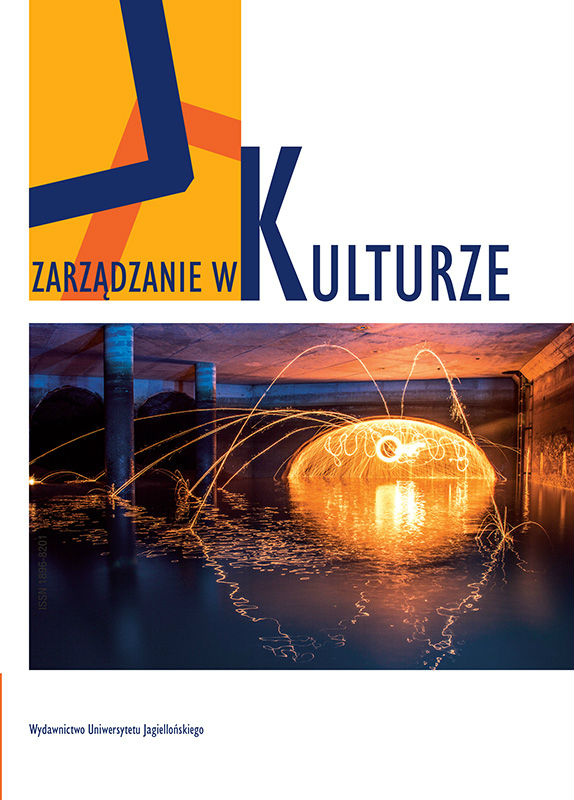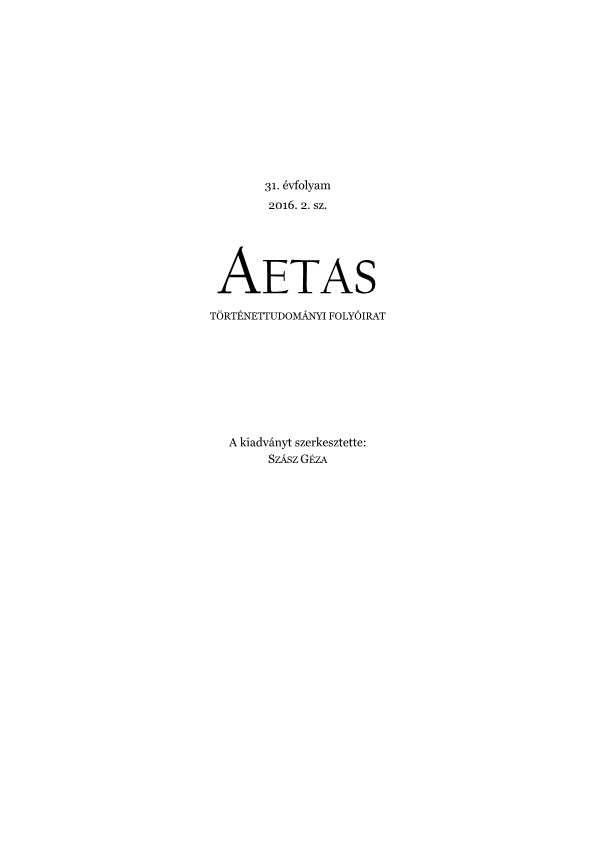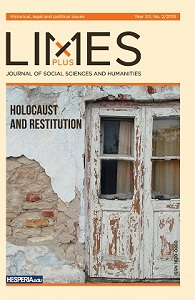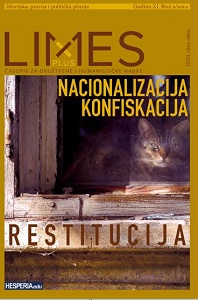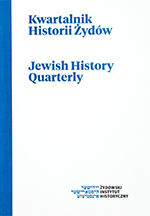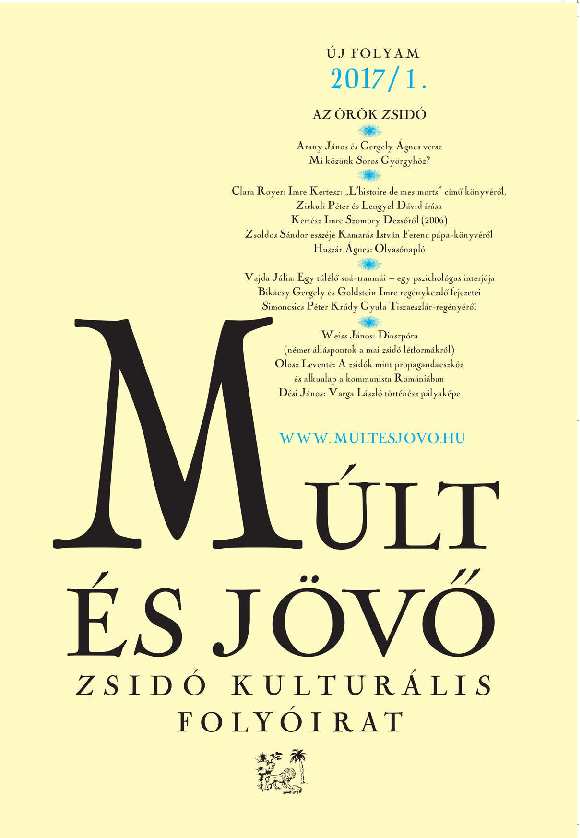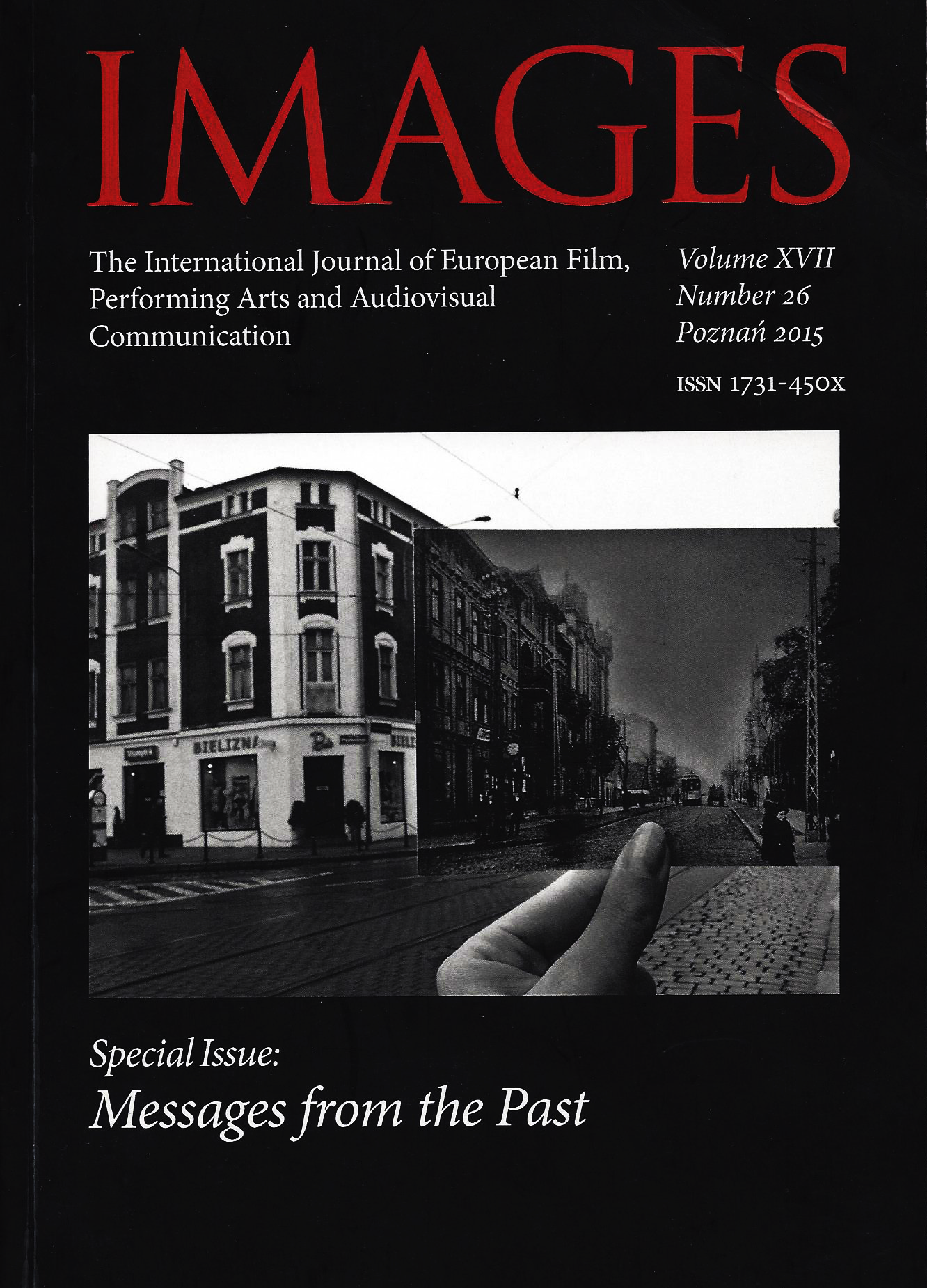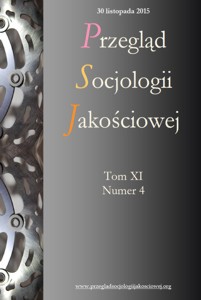
O co chodzi w wywiadzie? Próba interpretacji wspomnień o Żydach jako narracji tożsamościowych
The article presents a method of interpreting in-depth interviews regarding the ways in which non-Jewish Poles remember Jews. The intention of the suggested method is to find a new perspective that would be complementary to the two most important ones that can be found in the Polish research on this subject: the ethnographic approach and the perspective inspired by psychoanalysis. The main assumption of the presented method is that an interview is not a recollection of the past but a narrative of identity in which the past is (re)constructed according to the imperatives of the present in which the interview is conducted, and the Jews serve to an interviewee only as a frame of reference for his/her constructs of identity. It is further assumed that narratives of identity are constructed along four main dimensions: sacrum, death, sex, and power/violence, each with its own cultural semantics and binary code that is used to separate practices and beliefs that characterize “Us” from those we attribute to “Them.” These codes, together with stories about “Us” and “Them,” make the warp and weft of the narrative identity represented in the interview, which corresponds to Clifford Geertz’s idea of culture as the webs of significance we have spun and in which we are entangled. Then, a single interview has been selected and interpreted to show how the interviewee organizes his stories about Jews in different semantics and codes to keep his narrative of identity consistent.
More...
